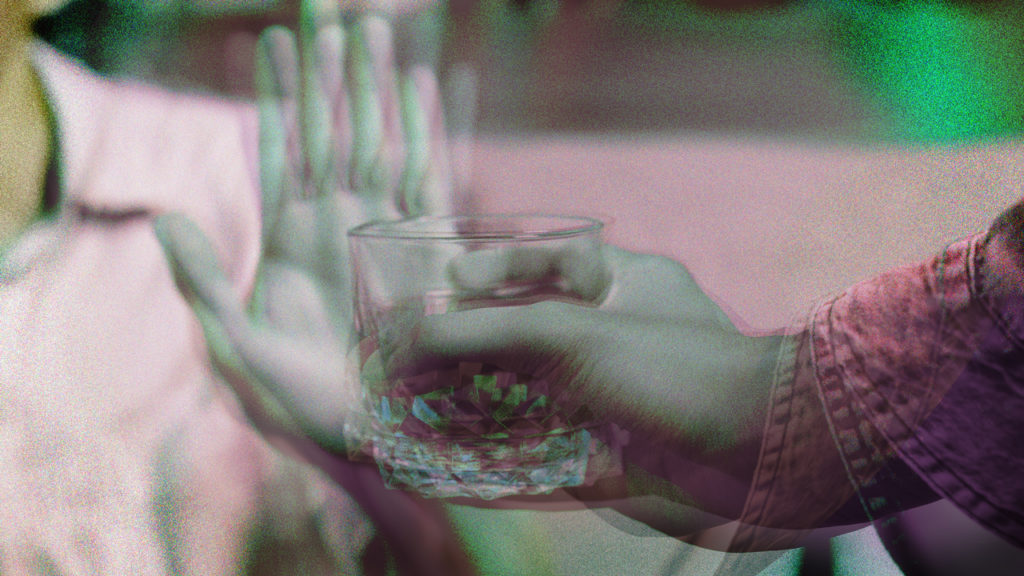Year to date, the share of ready-to-drink (RTD) cocktails is growing at 15 times the rate as hard seltzer on Drizly, according to Drizly’s third annual Consumer Report.
Drizly commissioned a survey among 1,000 Americans over 21 to understand their summer and fall beverage choices, how newfound interests at home could influence consumption occasions in the long term and how they’re buying alcohol.
Traditional beer (61 percent), wine (56 percent) and spirits (44 percent) were the top three categories respondents listed when asked which drinks they’ll be reaching for most frequently this summer.
RTDs beat hard seltzers by 1 percent—30 percent versus 29 percent—despite RTDs share on Drizly being about half that of hard seltzer in 2021. Interestingly, less than a third of respondents could accurately define what hard seltzer is. Just 32 percent of consumers knew the correct answer—carbonated water with alcohol made from malt or sugar.
Twenty-three percent of respondents said they’d be drinking hard alternatives such as hard kombucha, hard tea and hard lemonade. And in last place, agave-based spirits such as tequila and mezcal are what 20 percent will be sipping on.
Consumers are seeking more transparency from alcohol brands about corporate ownership, ingredients listed on cans and sustainability practices associated with the product. Which of these factors matters the most differs across generations, Drizly’s research shows.
When taking traditional drivers like price and availability out of the equation, 39 percent of respondents reported that healthiness and how the beverage is made are what matter most while considering an alcohol brand to purchase, followed by 34 percent who said family ownership, size and localness is the top factor and 31 percent who said sustainable business practices were their foremost consideration.
As for the most important factor in respondents’ decision-making process when choosing alcohol to purchase, 20 percent named the ability to see all of the ingredients and the same number of respondents named calorie count. The third most important factor, as noted by 17 percent of respondents, is sugar content, the fourth is added health benefits like whether the drink contains probiotics and antioxidants, and the fifth most important factor is whether the beverage has a low alcohol level or is non-alcoholic.
Not surprisingly, Gen Z cares most about how their alcohol is made and who makes it. According to Drizly, the group over-indexed on both factors compared to other generations in purchase decision-making. In addition, nearly one-third of 21 to 24-year-olds surveyed cited minority ownership as an important brand choice consideration, followed by millennials at 18 percent, Gen X at 14 percent and baby boomers at 11 percent.
Sustainable business practices are also a driving force for 40 percent of Gen Z who say they factor environmental track record into alcohol brand selection, followed by Gen X at 33 percent, millennials at 32 percent and baby boomers at 20 percent.
For 67 percent of respondents, enjoying drinks while watching Netflix, television shows or movies at home was the top drinking behavior they partook in most during the pandemic. And 49 percent said it was having a couple of drinks on a weeknight.
As Drizly found, however, activities like cooking and streaming are poised to be enjoyed with a drink with the same or greater frequency as during the pandemic.
On-premise consumption is starting to rebound yet 54 percent said they’ll continue to drink at home this summer and fall, while 16 percent of respondents said they plan to drink most regularly at bars and restaurants. For 31 percent of those who plan to drink at bars and restaurants less often or not at all, the leading reasons are that they simply prefer to and that it costs less to do so.
About half (42 percent) plan to celebrate the 2021 holiday season the same way they did pre-pandemic — around friends and family.
One pandemic-induced behavior that will stick is shopping online for alcohol. According to Drizly, 53 percent of consumers will buy alcohol online more than before the pandemic and 33 percent will buy the same amount online as pre-pandemic.
Online marketplaces such as Instacart, Doordash and Drizly are where 72 percent of respondents said they bought alcohol online or for delivery in the past year. Thirty-nine percent listed their local liquor store website or via phone as their most-used channel to order alcohol.

